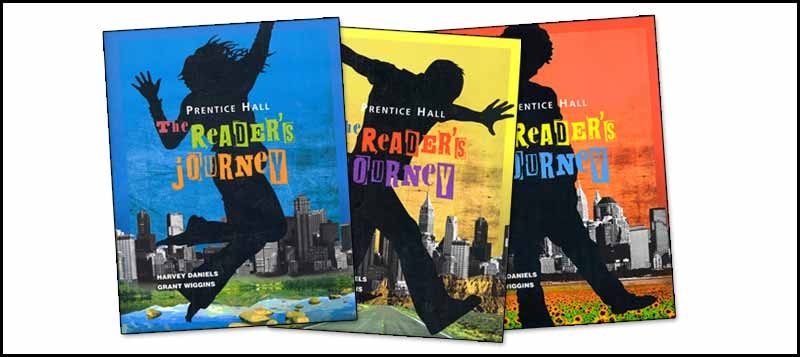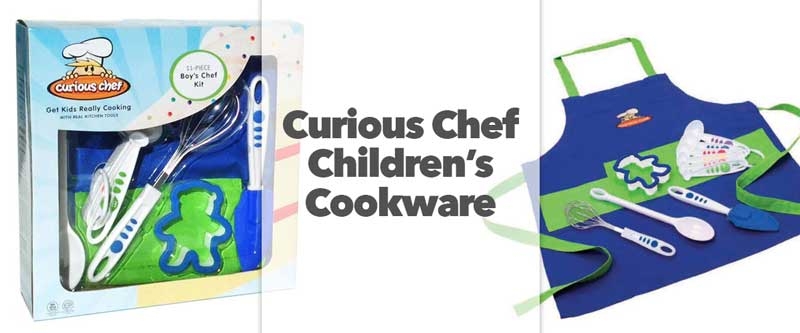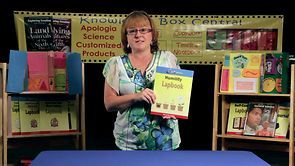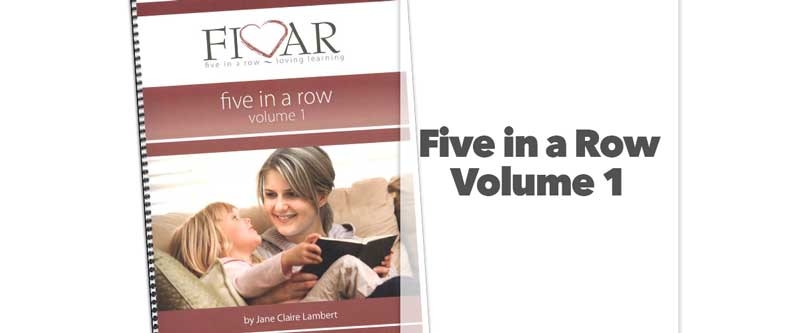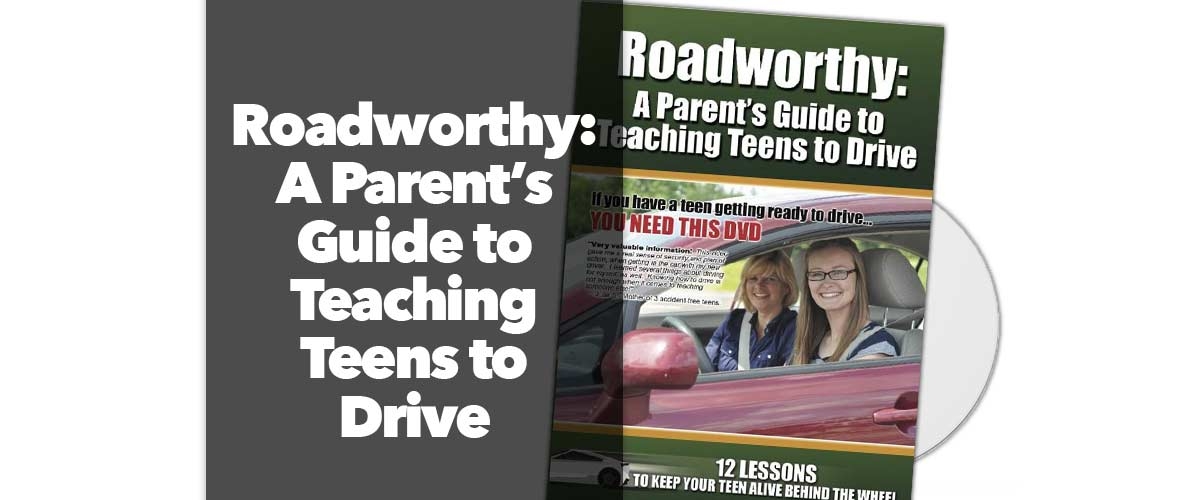 Yesterday! Yesterday, I hadn’t yet looked at this amazing literature-based language arts program. I hadn’t thumbed through the colorful, helpfully color-coded student worktexts and been impressed with the rich and robust coverage – everything from literary analysis, composition, vocabulary, grammar, and reading skills – and all done with academic strength, cohesiveness, and thoroughness. I hadn’t yet encountered the well-organized, well-supported, and user-friendly teacher’s manuals. I didn’t know that a program like this existed – secular publisher, whole-book based, and appealing; very appealing.
Yesterday! Yesterday, I hadn’t yet looked at this amazing literature-based language arts program. I hadn’t thumbed through the colorful, helpfully color-coded student worktexts and been impressed with the rich and robust coverage – everything from literary analysis, composition, vocabulary, grammar, and reading skills – and all done with academic strength, cohesiveness, and thoroughness. I hadn’t yet encountered the well-organized, well-supported, and user-friendly teacher’s manuals. I didn’t know that a program like this existed – secular publisher, whole-book based, and appealing; very appealing.
Just yesterday. That was the day I carefully went through the various options for middle school literary analysis with a customer. Options that did not include this program because yesterday it was still a brand-new program that no one had taken a good look at yet. “My” customer will LOVE Reader’s Journey – it’s just what she was looking for. [And in case you’re wondering, I will be sending her an email to tell her all about it.]
The Big Question. This is what ties together each of the six units in each course. Examples of Big Questions? How do we decide what is true? (6th) How do we decide who we are? (6th) What is the best way to find the truth? (7th) Do others see us more clearly than we see ourselves? (7th) Each of these questions becomes the focal point of the unit. With each unit, students read an Anchor Book (more about these later) while working through lessons covering reading comprehension, vocabulary, literary analysis, writing (composition), and grammar skills. Sometimes the lessons are drawn from literature excerpts, articles, and prose – all provided in the Student Worktext. Sometimes the lessons are drawn from the Anchor Book. Sometimes – like with the grammar content – the instructional content is provided with the lesson. As the Anchor Book reading is finished, the student is encouraged to make a Free Book reading selection. Units end with suggestions for an Anchor Book hands-on project, Free Book reflections, standardized test preparation/practice and a unit review.
Anchor Book suggestions are available for each unit. These suggestions include books that are below, at, and above grade level and the teacher is encouraged to help the student make an appropriate book selection. These book suggestions include award-winning young adult fiction as well as books chosen for specific content reasons. It’s also possible to use your own book choice rather than one of the Anchor Books. We expect to carry most (if not all) of these Anchor Books so check our website for reference information.
By the way, this seems like as good a time as any to let you know that this program was developed using Grant Wiggins’ Understanding by Design® model which is “a common sense approach for connecting curriculum, instruction and assessment” (according to the publisher).
To give you an idea of how a unit works, the Big Question for Unit 3 (grade 6) is “What is important to know?” – a unit on nonfiction literature. Anchor Book choices for the unit are: Amistad: The Story of a Slave Ship (two grades below reading level), The Tarantula in My Purse: And 172 Other Wild Pets and A Strong Right Arm: The Story of Mamie “Peanut” Johnson (both one grade level below); You Want Women to Vote, Lizzie Stanton? and Thura’s Diary: My Life in Wartime Iraq (both on grade level); and Under the Royal Palms: A Childhood in Cuba (above grade level). There are 17 lessons in the unit (including an anchor book project) plus a unit review (includes standardized test practice). Lessons cover an introduction to nonfiction, main idea (reading skills using an interview with Rosa Parks – “I Was Not Alone.”), word roots (vocabulary building strategies), narrative nonfiction writing and expository writing (literary analysis using an article on vultures and one on leaves), adjectives and articles (grammar/spelling), how-to essay (writer’s workshop), descriptive writing, author’s purpose, author’s style, (all based on anchor book) persuasive writing (using article an wooden baseball bats), mood (using a fable from Cameroon), reading a recipe (analyzing an informational text), adverbs, conjunctions and interjections (grammar/spelling), and persuasive essay (writer’s workshop) and speech (listening/speaking workshop). It’s easy to see the interplay between literature, grammar, and writing skills as well as the richness of working from both the anchor book and the numerous excerpts and articles and then on to the free choice book. And keep in mind, this is only one unit of the six per year.
The Student Worktext provides textual instruction; articles, examples and excerpts used for daily work; space for student responses; authors’ biographical sketches, and, in the back, an English and Spanish glossary.
The Teacher’s Organizer Binder is a 2.5” lay-flat binder which holds the Teacher’s Guide for each of the six units plus a Teacher’s Overview. These are paperback, hole-punched, stand-alone manuals. Included in each unit manual: a unit overview (spreadsheet showing skills, selections, pacing and page numbers); guidelines for choosing books, and detailed lesson plans [background suggestions, scripted teaching sequence, assessments, differentiated instruction, copies of Student Work Text pages (with answers supplied and teacher notes]. The Teacher’s Overview manual provides an introduction to the program, an overview of program skills and concepts, and teacher development “briefs” which provides helps for using these specific materials.
The Homeschool Bundle includes the consumable Student Worktext plus the Teacher Organizer Binder (complete with Teacher’s Guides for all 6 units). If you’re looking for an integrated language arts program that is centered in whole books and literature-based. If you want a program that is thorough in terms of both writing process and forms of writing as well as solid in terms of grammar. If you want a secular, thinking-skills approach to literature. If you want solid preparation for both standardized tests (language arts sections) and high school language arts. These are the courses to consider. Workbooks – 550 pgs, pb.
— Janice

